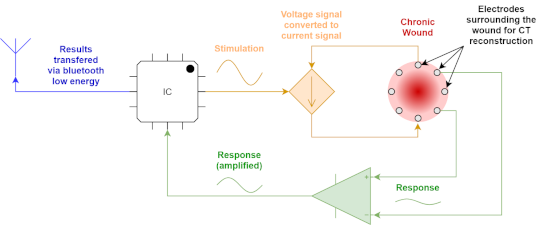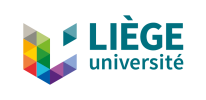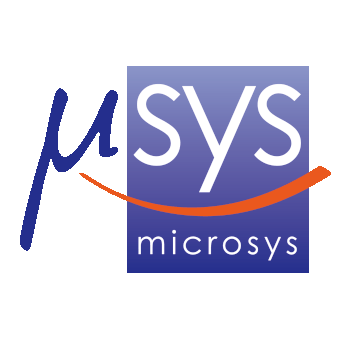Current Projects
AMUSENS (2024 - 2027)
AMUSENS aims at developing a gas sensor platform with flexible selectivity to different gas environments by combining a multi-pixel approach and artificial intelligence to adapt the data analysis to the targeted applications. It is based on metal oxide sensing materials on micro-hotplate platform, which are already available on the market for low power applications, but suffer from a lack of selectivity. Gas-selective multi-pixel sensors based on different metal oxide materials have been demonstrated, but their industrialization is limited to few industrially available materials. By using original additive manufacturing approaches for local liquid-phase and gas-phase depositions, we aim at extending the choice of available materials and demonstrate their sustainability in wafer-scale processing. Microsys will be in charge of sensor dies packaging and integration.
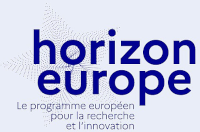






Food Screening EMR (2021 – 2023)
The project Food Safety EMR aims at supporting local SMEs in the transition to the future-proof farming industry. The aim of the project is to provide these enterprises with the newest insights into best practices and technological advances by adapting a co-creation process between euregional farmers and food producers on the one hand and technological SMEs in the region and the key euregional universities on the other hand. The Sensor Engineering Department of UM will collaborate with IMO-IMOMEC to develop these receptors, couple them to suitable dyes and integrate the dye-loaded vitamin receptors into a lab-on-a-chip or lab-on-a-card technology. This will enable end-users to liquify their products and analyze their vitamin content using a simple dipstick. Binding of vitamins to the receptors in the dipstick will lead to displacement of the dye to a detector pad in the dipstick displaying a color reaction. The more intense the coloring in this zone, the more vitamin C was present in the original sample under study. To quantify this reaction on-site and to turn the color signal into a concentration reading, UM and IMO-IMOMEC will team up with the engineering departments of RWTH Aachen and ULiège (Microsys). The consortium aims to develop a handheld readout tool that enables the end-user to plug in the dipstick loaded with the food sample and interpret the result on-site on a display or a laptop onto which the readout device can be plugged in.
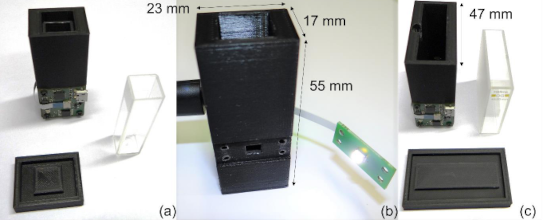
Ref: www.youtube.com/watch?v=heIqOXTIT1M




ISIS (2024 - 2026)
The goal of the ISIS project is to develop an ultra-low power crawling insect sensing system. This system will be connected, miniaturized, ultra-low power, and cost-effective in order to enable monitoring at multiple points and over the long term. Monitoring food stockpiles is a typical application of such a system. However, many other applications are possible: early detection of harmful organisms in the HoReCa sector (cockroaches, bed bugs...), in the logistics sector, etc. The research will focus on both the design of the sensor and the analog front-end. The intelligence embedded in the system will allow for the detection, counting, and even identification of the insects. Finally, the complete device will be equipped with a wireless communication system to transmit data/alarms to a remote server. The main challenge will be to develop a sensitive and robust detection system while ensuring a minimum one-year autonomy with an AA type battery.


MONA (2021 – 2024)
The MONA project aims to design a Small Energy Harvester System (SEHS), scavenging mechanical energy and converting it into electrical energy in order to power a communication unit or a battery charging device. While most of the mechanical energy harvesters are dedicated to operate at a specific frequency (vibrating mass), the proposed system has the significant advantage to work in an extended frequency range, as well as to be activated by a variety of movements, including a single actuation from a finger or foot depressing a push-button, mechanical vibration during motorized transportation or a sudden shock. The SEHS will consist in a small device (typ. D = 30 mm, H = 10 mm) that can be actuated either from depressing the SEHS (finger/foot/wheel...) or shaking the SEHS (vibration/shocks). Microsys is in charge of the SEHS modeling and implementation, as well as the power management unit design and optimization.
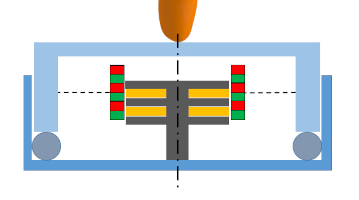
Ref: Philippe Laurent. "Energy harvesting system using one or more energy sources", EP11186268.6, 2011-10-01.
SCARLETT (2024 - 2025)
The objective of the SCARLETT project is to develop a prototype of wireless autonomous sensor node for Structural Health Monitoring (SHM). Within the scope of the project, we will focus on SHM of structures located outdoors, typically civil engineering structures such as bridges and viaducts. This case study necessitates optimization of the amount of data to be transmitted due to the absence of wired IT infrastructure. However, it enables energy autonomy of sensor nodes through photovoltaic cells. Monitoring civil engineering structures is particularly relevant. Indeed, road infrastructures in Europe are several decades old, and it is feared that an increasing number of issues will arise well before the additional decades required for infrastructure renewal. The sensor node developed within the project will be equipped with LPWAN (LoRa) transmission technology, eliminating the need for a data concentrator. Energy autonomy will be ensured by a miniature photovoltaic panel and an optimized Power Management Unit (PMU).

SW_ADVICE (2024 - 2027)
The objective of the SW_ADVISE project is to develop new de-icing techniques for wings leading edges, existing de-icing systems being among the largest energy consumer (20 % +) of aircrafts. Microsys will lead the integration of the newly developed methods and will participate in the environmental conditions' characterization phase. The objective of the project is to test the prototype in representative conditions, i.e. in an icing tunnel.





SyMPA (2022 – 2026)
The aim of this research project is to develop a novel ambulatory system - hardware and associated signal processing algorithms - to simultaneously record gait and physiological data during irregular real-life activities simulated in a controlled lab. Microsys is in charge of the hardware part of this system that will be based on innovative wearable sensor technologies and will be developed in order to robustly and continuously record these data while meeting the participants' satisfaction and usability requirements. Versatile signal processing algorithms will be developed by projects partners to robustly and accurately extract micro/macro-level gait and physiological features. The feasibility and validation of this system will be investigated using reference gait and physiological state systems in groups of patients suffering from the Parkinson's disease (PD) and healthy volunteers, during real-life scenarios. The proposed system will potentially provide a new scientific knowledge with respect to specific gait and physiological patterns and will be beneficial for an early diagnosis of the PD to slow its progression, and for an accurate analysis about the effectiveness of treatments.

VITAPATCH (2021 – 2023)
The VITAPATCH project targets the design of aggressively miniaturized and easily deployable smart sensor patches for healthcare applications and wearable monitoring. Two prototypes will be designed: the first will monitor the healing of open wounds while the second will measure subjects' four primary vital signs.
IoT technology will be used to transfer the vital signs and wound healing data continuously and in real-time to the cloud using a smartphone gateway, where the physical status of subjects will be displayed on a website and made accessible to remote healthcare applications.
